Linz (Austria) – the most detailed information about the city with photos. The main attractions of Linz with a description, guides and cards.
Contents
City Linz (Austria)
Linz is a city in the northwest of Austria, the capital of the federal lands of Upper Austria. It is the heart of a major economic the region and the third largest city in the country after Vienna and Graz. Linz has a fairly large historical center with many attractions and architectural monuments rich cultural life with numerous museums and festivals. This is one of the most picturesque and interesting Austrian cities located on the banks of the Danube.
- Geography and climate
- Practical information
- Story
- How to get there
- Shopping and shopping
- Food and drink
- sights
- Video
- Maps and guides
- Comments and reviews
Geography and climate
Linz is located on the banks of the Danube in the northwestern part. Austria. The climate is temperate continental with warm summer and in the cool winter. In winter, heavy snow falls and falls. temperatures up to – 10, -15 degrees. Summer average temperature is about +20 degrees. It is interesting that the amount of precipitation Year varies from 600 to 2000 mm.
 Linz in the fog
Linz in the fog
Practical information
- The population is 204.8 thousand people.
- The area is 95.99 square kilometers.
- The language is German.
- Currency – Euro.
- Visa – Schengen.
- Time – Central European UTC +1, in summer +2.
- The tourist information center is located at Hauptplatz, 1 in the building of the Old Town Hall.
Story
Linz was founded by the Romans in 15 BC on the site of an ancient Celtic settlements. They built an outpost that defended northern borders of the Roman Empire. The fortress was named Lentia. The first records of Linz date back to the end of the 8th century, when it was built fortress of sv. Martina, which is the oldest of surviving religious buildings in Austria.
 Panorama of Linz
Panorama of Linz
In the Middle Ages, the city was part of the Holy Roman Empire. and was of great commercial importance, being at the intersection Danube waterway and the roads that connected Southern Europe with Poland and the Czech Republic. In the 15th century, Linz began to flourish and even some time was the capital of the Holy Roman Empire.
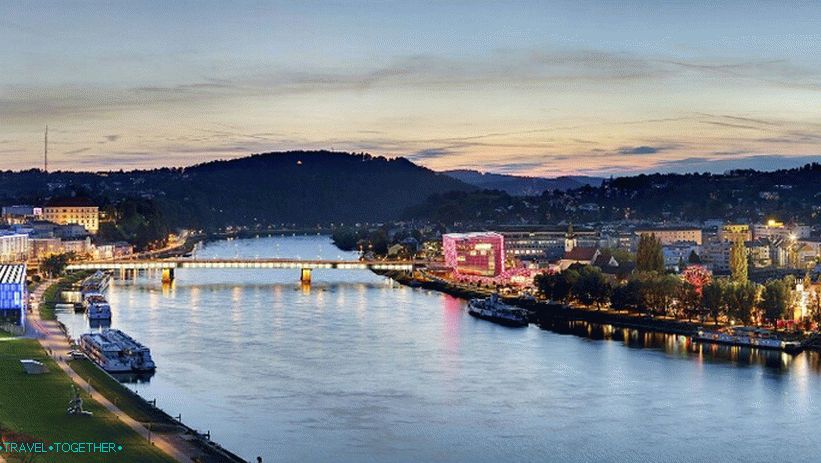 Danube
Danube
In the 16-17 centuries, the development and growth of the city declined due to the plague and wars At the end of the 18th century, Linz became a major industrial center, where The chemical industry and metallurgy flourished. In different historical periods there lived many historical personalities. AT Linz worked great mathematician and astronomer Johann Kepler, lived famous composer Anton Bruckner spent his childhood Adolph Hitler
How to get there
Linz Airport is located outside the city. Get to the center can be on a bus that runs from monday to saturday or Taxi. You can get to the airport by train to Hörsching, and then on the free shuttle bus from the train station. Fly to linz airplanes from Munich, Frankfurt, Dusseldorf. Convenient also is the air port of Vienna. From the capital of Austria to Linz often go the trains. Regular rail service is also available from Salzburg.
Shopping and shopping
The main shopping street Linz – Landstraße, starting from the square Taubenmarkt to Musiktheater. Many shops and restaurants located also on Herrenstraße, and on Bischofstraße you can find Souvenirs, local artisans and antiques.
 Linz
Linz
Food and drink
The traditional cuisine of Upper Austria was greatly influenced by kitchen of Bohemia and Bavaria. Traditional dishes: various options dumplings, fried bacon and other pork dishes, vinegar sausage, strudel, goulash, Linzer Torte (pastry with jam), potato-mushroom soup, mustard pancakes, Mühlviertler (chicken with potatoes).
 Panorama cities
Panorama cities
sights
The main square (Hauptplatz) is the heart of Linz and one of the largest urban areas in Austria. In the middle of it in 1723 was a 20-meter white marble column dedicated to Holy Trinity. The main square is located near the Danube and surrounded by buildings with an important historical past and beautiful baroque facades. Here is also the Old Town Hall of the 17th. century and tourist information center.
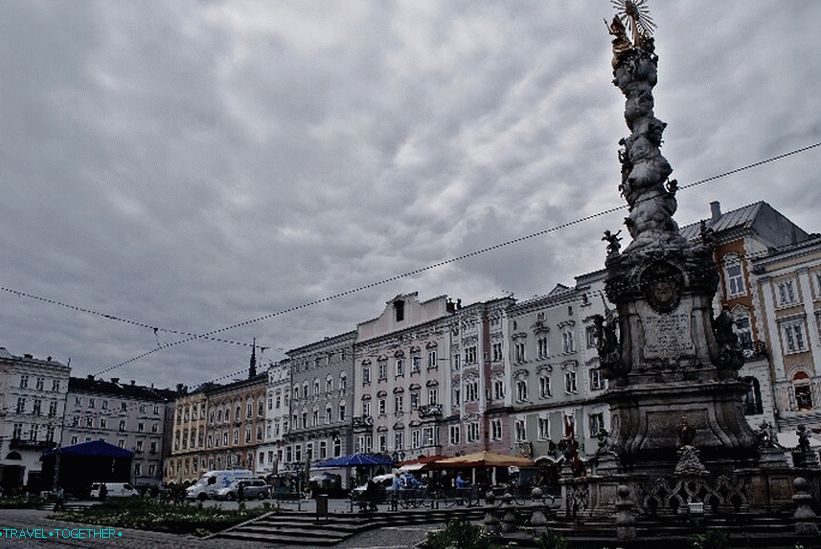 Holy Column Trinity
Holy Column Trinity
The melodies that play with the Glockenspiel vary with the of the season. Christmas carols are also performed. Hear the national anthem or the masterpieces of Mozart or Bruckner.
The main street of the old town is the Landstraße. In addition to many shops and restaurants here you can look at the following Attractions: Ursulin Church (Ursulinenkirche) 18th century, the Carmelite Church (Karmelitenkirche), built between 1674-1726, Seminary Church (Seminarkirche), beginning of the 18th century.
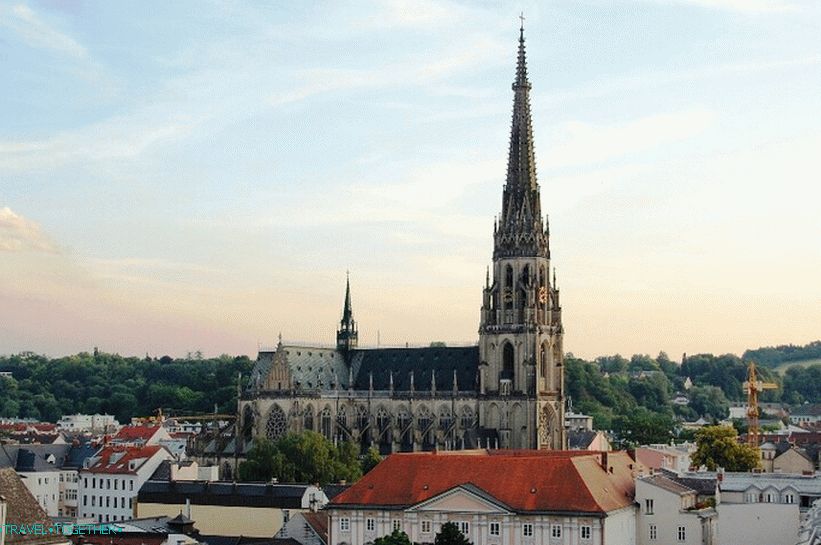 New cathedral Cathedral
New cathedral Cathedral
New Cathedral (Mariendom) – the largest church Austria, which can accommodate 20 thousand people. It’s gorgeous neo-gothic yellow sandstone basilica completed in 1924 year The spire of the tower has a height of 135 meters. Inside is located a great organ, numerous works of art and an impressive stained glass window.

Old Cathedral or Church of Ignatius – Jesuit Baroque church built in the 17th century. Famous for its rich Italian decorations, the organ on which he played the famous Austrian composer Bruckner, and a beautiful altar.
Nearby is an interesting historic building of the 16th century. Landhaus, built on the site of an ancient monastery. It has magnificent doorway adorned with Austrian coats of arms provinces, and its central element is a beautiful arcade courtyard in which concerts are still held. Central element The courtyard is an octagonal planetary fountain of the 16th century. In the walls This building housed a college in which in the 17th century taught the great Kepler.
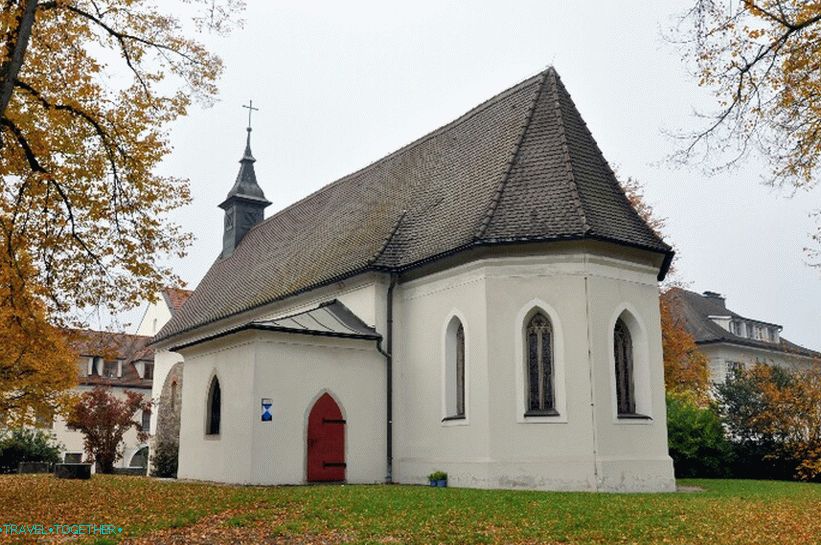 Church of sv. Martina
Church of sv. Martina
Church of sv. Martina – a quaint little church in style Carolingian era, built in the 8th century. Is the oldest of preserved in Austria. Built on the site of the ancient Roman walls, the remains of which are still visible from the outside. Main features: 15th century fresco-rich interior, outlines old doorways and windows from the gothic period Roman stove and stones with ancient inscriptions.
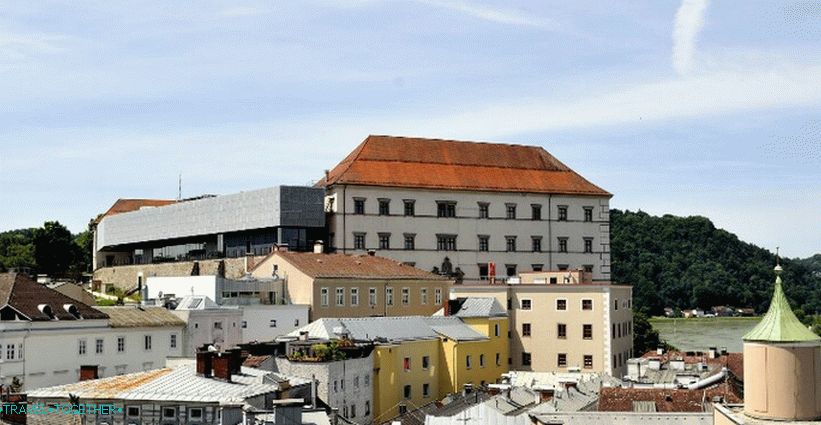 Linz Castle
Linz Castle
Linz Castle – an impressive castle on the banks of the Danube, in which Now there is a museum with important art and historical collections, as well as exhibits with artifacts from prehistoric, Roman and medieval periods, including paintings, sculptures, weapons and armor. In the South wing are permanent exhibits relating to nature and technology. Written evidence indicate that this place was a fortress from the beginning of the 9th century, the remains of which can still be seen around the old walls and gates Frederick, while the current structure dates from predominantly 16th century and was restored after a fire in 1800 year
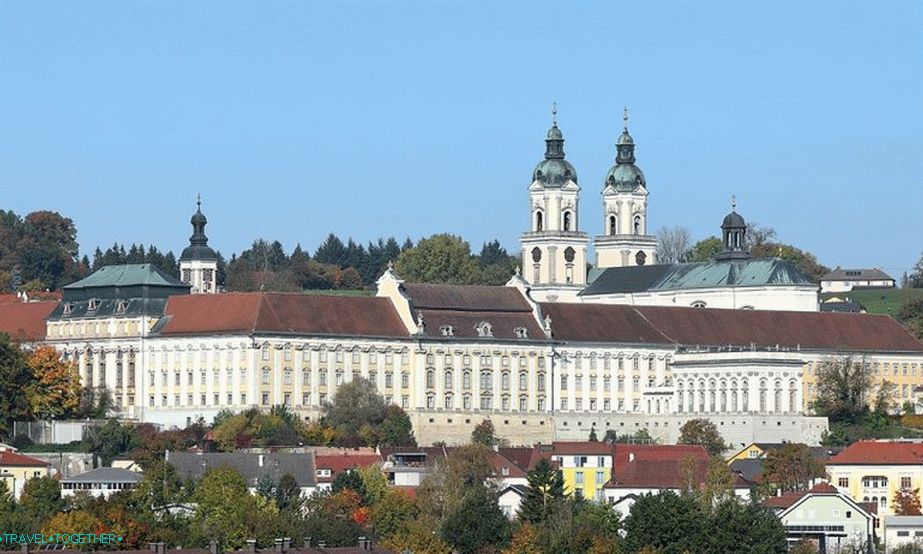
Augustine Abbey of St. Floriana is located just south of Linz over the grave of St. Florian, tortured in 304 of our era. The current baroque structure was built between 1686 and 1751. for years. The imposing abbot church with baroque towers decorated with stucco decorations and the Bruckner organ. In it and buried famous organist. It should be noted imperial apartments, altar of sv. Sebastian with 14 early pieces The 16th century work of master Albrecht Altdorfer, the magnificent library with ceiling paintings.
 Monastery in Wilhering
Monastery in Wilhering
Wilhering Monastery – the extensive Cistercian Abbey of the 12th century, eight kilometers west of Linz on the southern bank of the Danube. The highlight of the monastery is a gallery of modern art in former guest house, which is considered the oldest preserved part of the complex. The monastery church boasts one of the best rococo interiors in Austria and a number of beautiful frescoes.
 Church on the mountain Pestling
Church on the mountain Pestling
Church on Mount Pöstling – a pilgrimage church dedicated to the seven sorrows of the Virgin Mary. Located on top of a picturesque mountain. It was built in 1748 according to the plans of Matthias Krenner. Get there here you can by narrow-gauge railway.
 Art Lentos Museum
Art Lentos Museum
The Art Museum of Lentos is located in ultra modern building and is one of the most important in Austria. The museum has collected a rich collection of more than 1500 works of art, including 19th century masterpieces, as well as masterpieces of classical modernism, works from the German and Austrian expressionist movement 1920s and 1930s, as well as paintings of the postwar period.
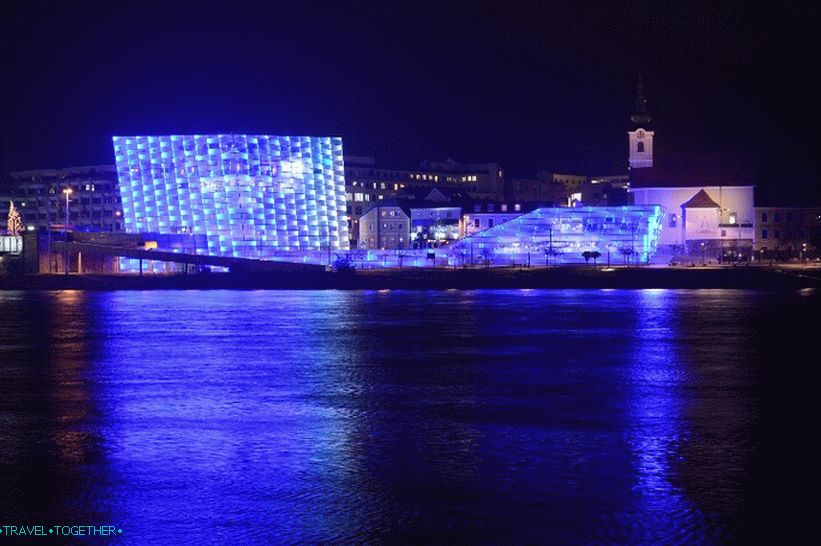 Museum of the Future
Museum of the Future
The museum of the future is located in a striking building directly on the banks of the Danube. Here are impressive exhibitions on art and technology.
Video
Maps and guides
Map of the historical center






